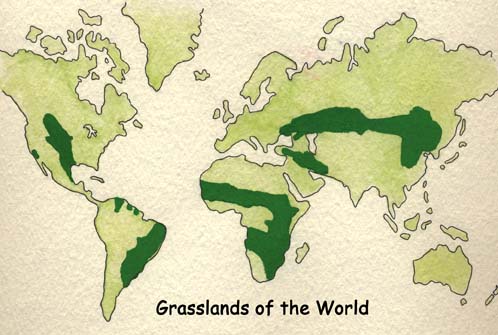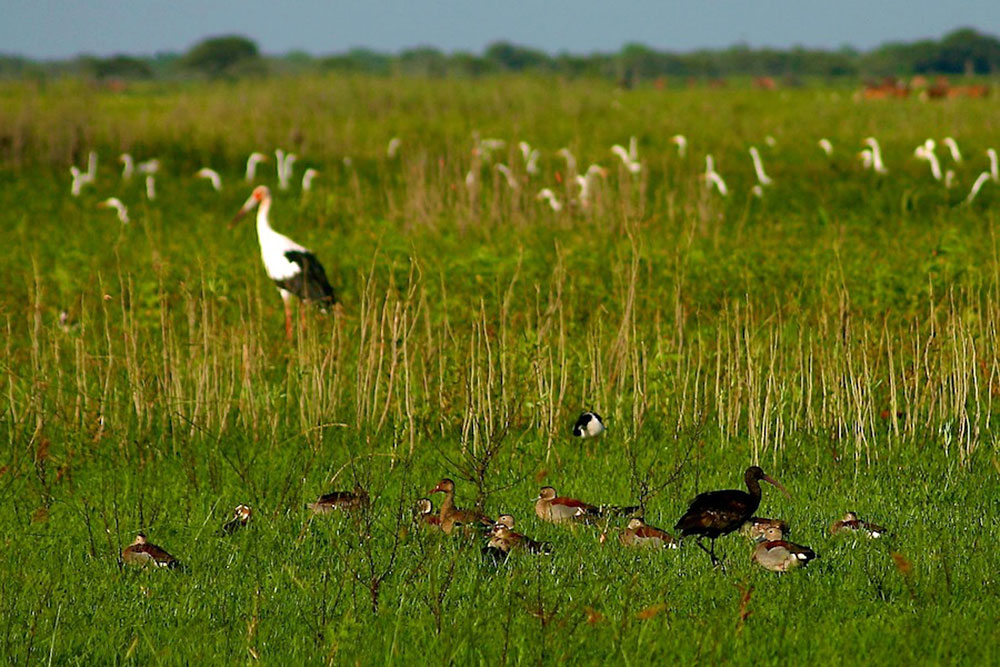

Here are some examples of at-risk species that depend on South Sound prairie habitat: South Sound prairies are also home to a variety of threatened and endangered species that in many cases are found no where else in the world. Threatened & endangered species of prairies This time there should be much less water in the pan because the healthy riparian system has soaked up water into its banks. Gradually pour a cup of water down the trough and measure the amount that makes it to the pan.
BLUE PLANET BIOMES GRASSLANDS SERIES
Some water should seep into the sponges, but most should wash into the pan.Ģ. Lay pre-trimmed dry sponges in two parallel rows, but this time arrange them in a series of several curves.ģ. Gradually pour a cup of water down the trough between the sponge rows. Place the end of the cookie sheet in the pan, and hold the opposite end at a low angle.ģ. Lay dry sponges end to end in two rows the length of the cookie sheet with about 2 inches of space between the rows.Ģ.


High tide & low tide scavenger hunt(Courtesy of Padilla Bay National Estuarine Research Reserve).Estuary crossword & word search (Courtesy of Padilla Bay National Estuarine Research Reserve).Watershed search (Courtesy of Padilla Bay National Estuarine Research Reserve).Ecoregions in Washington map (Courtesy of Environmental Protection Agency).Which ecoregion do you live in? Learn more about each ecoregion and see a detailed map on the Environmental Protection Agency website.ĭepartment of Natural Resources Materials Washington has nine ecoregions as shown in the map below. For example, a small puddle of water, your neighborhood, the Pacific Ocean, and planet Earth can all be considered ecosystems!Īn ecoregion is an area where ecosystems are generally similar in geology, landforms, soils, vegetation, climate, land use, wildlife, and water. The term ecosystem can be used to describe areas that range in size.

In addition, our state is home to two ecosystem types found nowhere else on the planet: the Olympic rainforest and the scablands of the Columbia Plateau.Īn ecosystem is a community of organisms (living things) interacting with their surroundings. These are all examples of different ecosystems found in Washington. Washington has a tremendous diversity of ecosystems, including prairies, wetlands, estuaries, rainforests, shrubsteppe, marine waters, and grasslands. On a beach along the coast or Puget Sound.Where a freshwater stream flows into the ocean.
BLUE PLANET BIOMES GRASSLANDS FULL
Full of tall trees and lots of different plants.Dry and hot, with only small shrubs for plants.Grab a notebook and pencil, and write down some examples of places you've been that were: Healthy ecosystems provide habitat for wildlife, and clean water and air for people. Think about the areas you have visited in Washington. Monofilament recovery and recycling program.


 0 kommentar(er)
0 kommentar(er)
